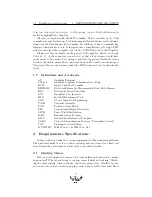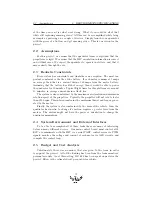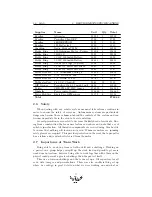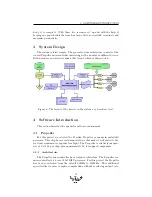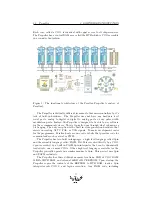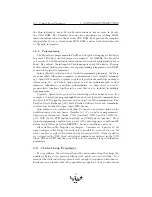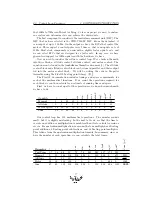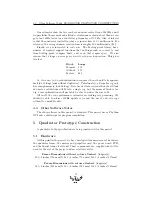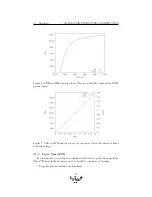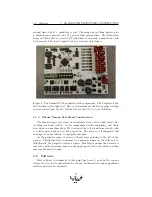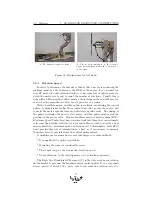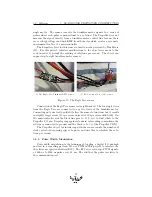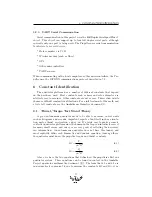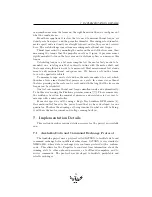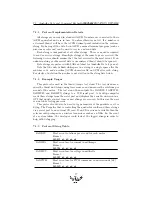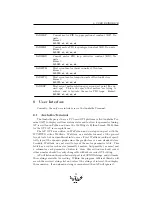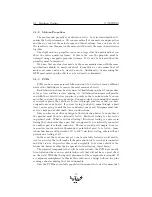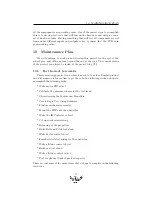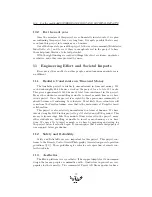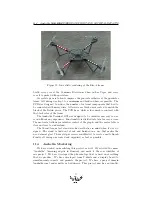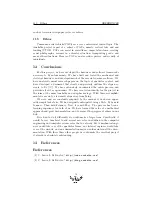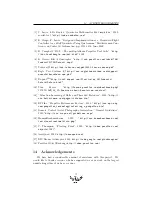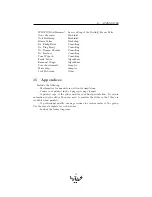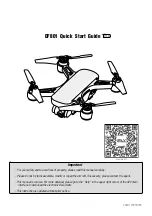
6
CONSTANT IDENTIFICATION
5.2.3
UART Serial Communication
Serial communication in this project uses the FullDuplexSerial4portPlus v3
object. This object can support up to four full duplex serial ports, although
currently only one port is being used. The Propeller uses serial communication
to interface to several devices:
* Host computer via USB
* Wireless modem (such as Xbee)
* GPS
* Other microcontrollers
* UART sensors
When communicating with a host computer or other microcontrollers, the Pro-
peller uses the $ATXXX communications protocol described in 7.1.
6
Constant Identification
The quadrotor platform has a number of different constants that depend
on the hardware used. Most constants such as mass and rotor diameter are
relatively easy to measure. Other constants are not so easy. This section details
the more difficult constant identifications. For a full treatment of the math and
a list of all constants, see the Anzhelka mathematics document [3].
6.1
Thrust/Torque Test Stand Theory
A good autonomous quadrotor needs to be able to measure, in real units
such as kilograms and seconds, important aspects about itself such as orienta-
tion, motor thrust, acceleration, and so on. It’s fairly easy to make a remote
controlled quadrotor platform since the human in the loop can intuitively correct
for many small errors, and our eyes are very good at collecting the necessary
raw information. An autonomous quadrotor does not have this luxury, and
must explicitly define each kinematic and dynamic equation. Among others,
the quadrotor must know the propeller torque and thrust constants.
K
T
=
T
ρn
2
D
4
(6.1)
K
Q
=
Q
ρn
2
D
5
(6.2)
Above, we have the two equations that define how the propellers affect our
quadrotor system. These equations can be found in context in the Anzhelka
Project quadrotor mathematics document ([3]). The form that 6.1 and 6.2 are
in now makes it convenient for us to measure the constants
K
T
and
K
Q
: if we
25

